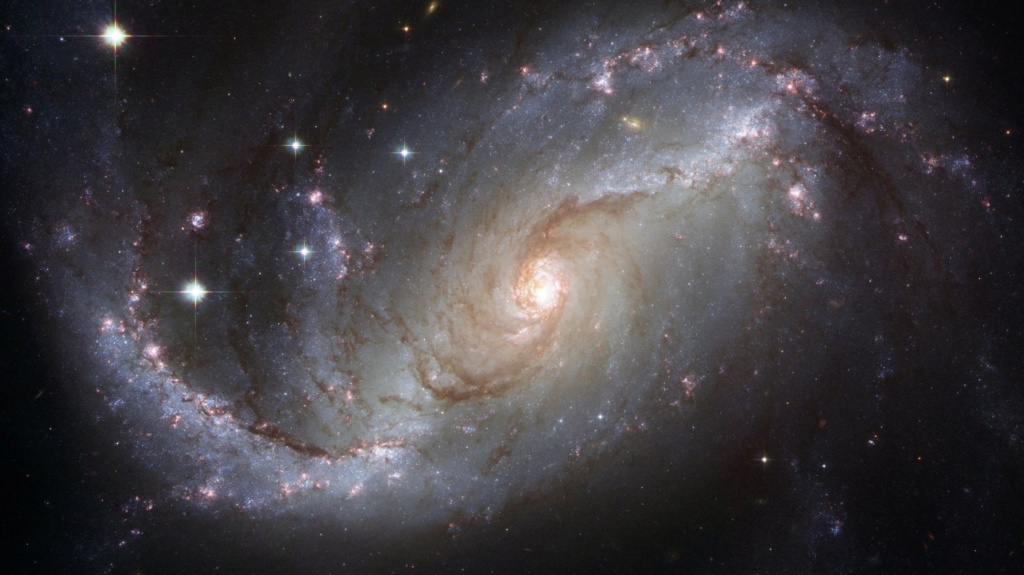The "moderate zone"...a scientific discovery confirms the difficulty in the emergence of "another life"

NASA is studying planets capable of hosting life
Scientists have discovered that many planets are at an ideal temperature, only for a short period of time, which greatly reduces the chance of life emerging on them, according to the Telegraph newspaper .
Experts from NASA's Goddard Space Flight Center found that planets fall in and out of the habitable zone over time, depending on the change in the star's brightness and temperature.
Scientists believe that this means that the number of worlds that could contain alien life has been greatly exaggerated, as experts had assumed before this study that the temperature on the planets had remained relatively constant.
Although some planets are found in the "moderate zone" or what is also known as "habitable" at the present time, their previous history makes it impossible for the emergence of life on them, as experts at the center say that these planets were not in this region previously.

Experts at NASA believe that between 29 and 74 percent of planets in the current habitable zone have never been there before.
Earth formed about 4.5 billion years ago, yet life did not begin to develop until about 3.7 to 3.9 billion years ago.
Scientists believe that it took hundreds of millions of years of asteroids and meteorites hitting the Earth's surface, bringing water and chemicals, before life could be launched on our planet.
Astronomers estimate that there could be as many as 40 billion Earth-sized planets orbiting in the habitable zones of sun-like stars in the Milky Way alone.
NASA is scheduled to launch the Dragonfly mission in 2027, which is to send a drone-like vehicle designed for short trips to survey the hazy skies of Saturn's huge, potentially life-hosting moon.
Source : websites

